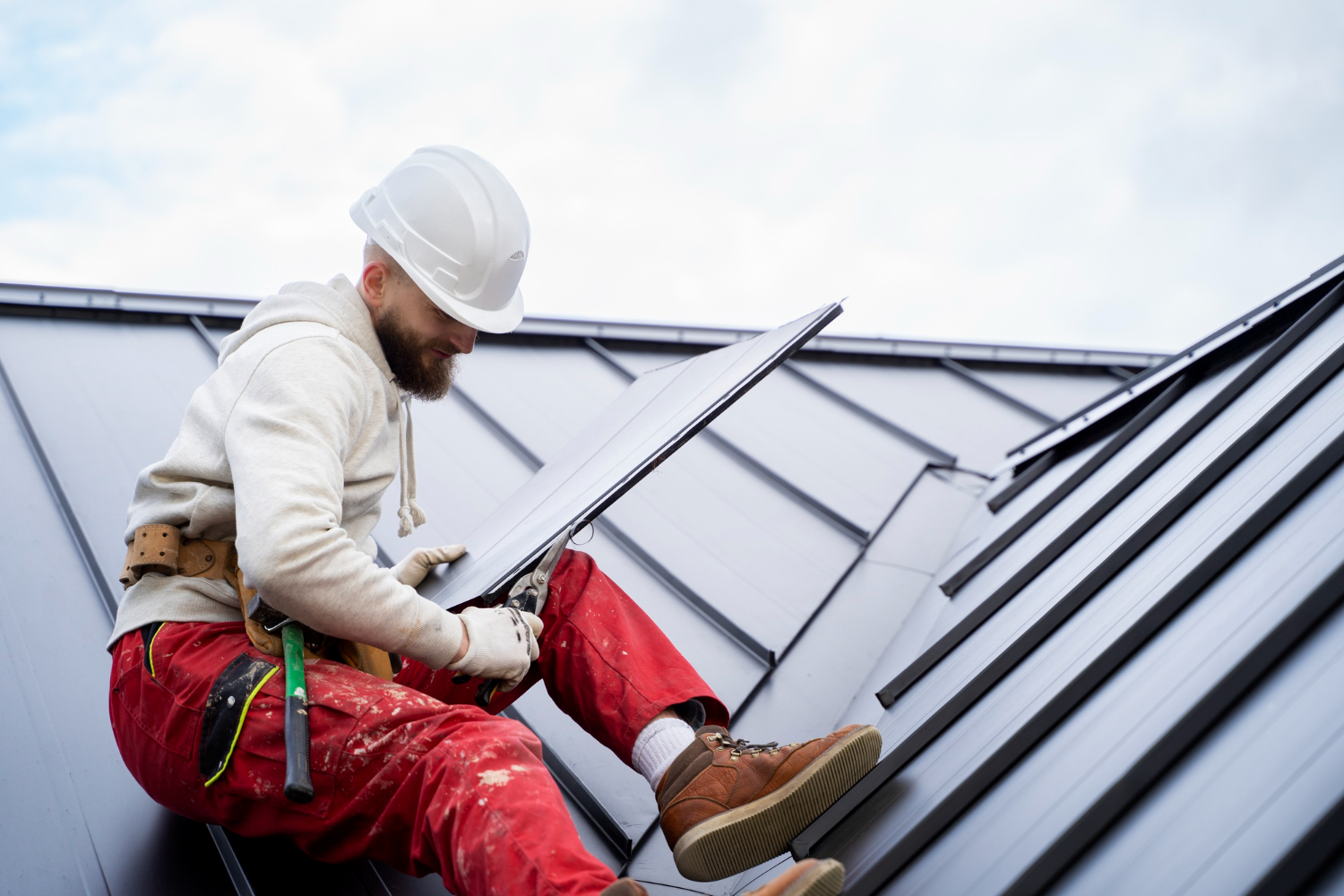In the realm of home maintenance, a leaking roof can quickly escalate from a minor nuisance to a major financial headache. Fortunately, there’s a sustainable and cost-effective solution that can save you thousands in Leaking roof cork bills – cork. This natural material has been gaining traction in the world of roofing for its remarkable sealing properties and eco-friendly credentials.
Understanding the Power of Cork Sealants
Cork, a renewable and versatile material, is more than just a favorite for wine stoppers. It possesses exceptional insulating and waterproofing properties that make it an ideal choice for roof repairs. Cork sealants are derived from the bark of cork oak trees, making them an eco-conscious alternative to traditional roofing materials. Not only do they effectively seal leaks, but they also provide added insulation, reducing energy costs in the long run.
The Benefits of Choosing Cork
- Sustainability: Unlike synthetic sealants, cork is a renewable resource that can be harvested without harming the tree. This makes it an eco-friendly choice for homeowners looking to reduce their environmental footprint.
- Superior Insulation: Cork’s natural insulating properties help regulate temperature, keeping your home cooler in the summer and warmer in the winter. This translates to lower energy bills throughout the year.
- Resistance to Moisture and Mold: Cork is naturally resistant to moisture, making it an excellent choice for areas prone to leaks. Additionally, its anti-fungal properties make it inhospitable for mold growth.
Step-by-Step Guide to Fixing a Leaking Roof with Cork
1. Assess the Damage
Before applying cork sealant, it’s crucial to thoroughly inspect your roof for any signs of damage. Look for cracked or missing shingles, damaged flashing, or areas where water might be seeping through.
2. Clean and Prepare the Surface
Clean the affected area using a gentle detergent and water. Allow it to dry completely before proceeding. Make sure to remove any debris or loose materials to ensure a smooth application.
3. Apply Cork Sealant
Using a brush or roller, apply a generous coat of cork sealant over the damaged area. Ensure even coverage, paying extra attention to seams, joints, and any potential entry points for water.
4. Allow for Proper Drying
Allow the cork sealant to dry according to the manufacturer’s instructions. This typically takes a few hours, but it’s essential for the sealant to cure properly.
Conclusion
With its remarkable sealing properties and eco-friendly nature, Leaking roof cork proves to be a game-changer in the world of roof repairs. By opting for this sustainable solution, you not only save money on repair bills but also contribute to a greener, more environmentally conscious future.
